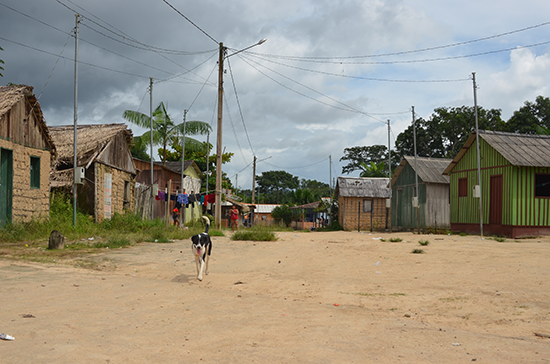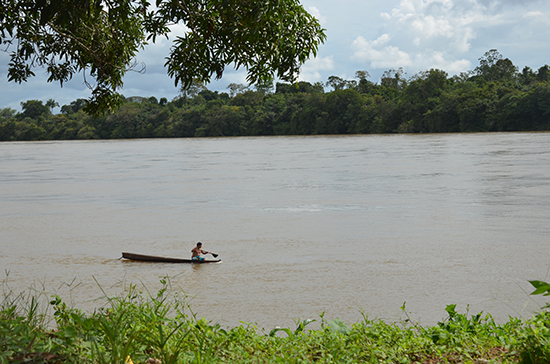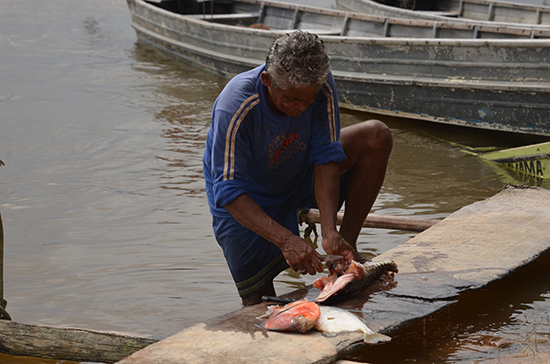Economic impacts of the construction of São Luiz do Tapajós hydroelectric dam

The region of the Tapajós basin is considered the new frontier of energy expansion in Brazil. Specifically the São Luiz do Tapajós hydroelectric project, the largest planned for the basin. If it is built, many ecosystem services will be impacted, influencing the well being of hundreds of local people who depend on them. In this perspective, CSF conducted a study that sought to understand the economic impacts on the services provided to local populations.

As with previous dam projects, families are relocated and affected by the increased deforestation as well as other impacted ecosystem services. As a result, local people have decreased access to a diversity of timber and non-timber forest products. These are important sources of livelihood and income for hundreds of families. Additionally, due to reduced downstream water quality, the implementation of this project will generate additional costs to the affected municipalities. The increase of greenhouse gases emissions (carbon dioxide and methane) can represent foregone benefits for some municipalities.
The study estimated the impacts on ecosystem services in terms of monetary values for local population, located in urban and rural areas and riverside and indigenous communities.

Different methodologies were used for the analysis and two scenarios were built, the optimistic and the realistic one. The Net Present Values (NPV) were calculated for each of the impacts for the period of 30 years, beginning on the construction year. For the realistic scenario, preliminary results show that this NPV has a value of approximately R$2.385.689.000,00. Which means, in 30 years, this is the amounts that will be lost by the local population from the impacts on ecosystem services caused by the construction of AHE São Luiz do Tapajós.
With the study completed, the next step is to disseminate the results in different workshops, focusing on the local population that was part of the study. Dissemination actions are being planned in conjunction with other institutions, which also work on the Tapajós region. In addition, there is a proposal of an upcoming study in the same region that will continue the analysis focused on the valuation of ecosystem services.
This project has been made possible by the support of the American People through the United States Agency for International Development (USAID).
- Log in to post comments
